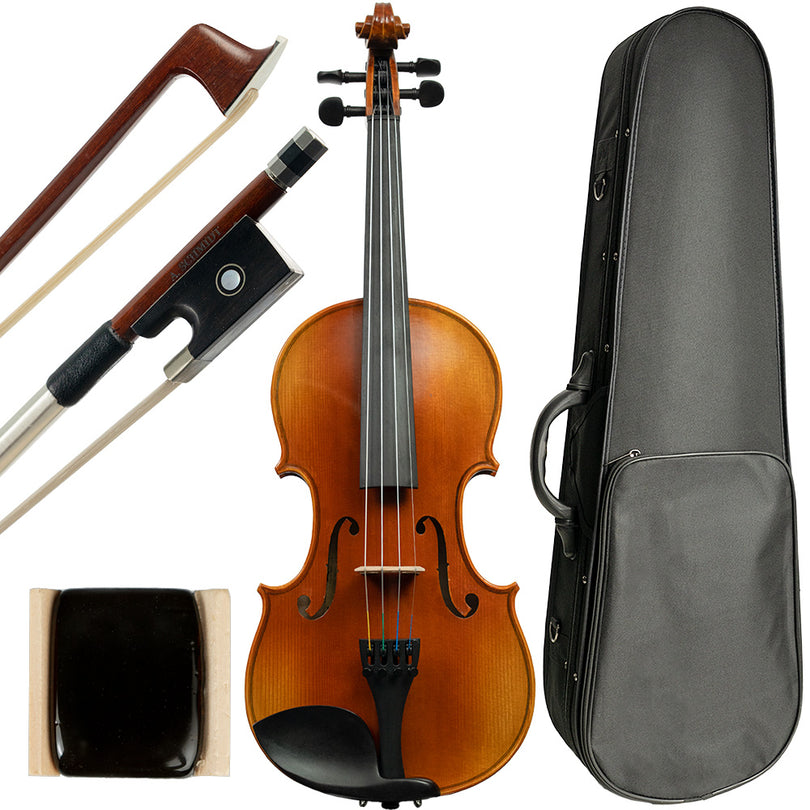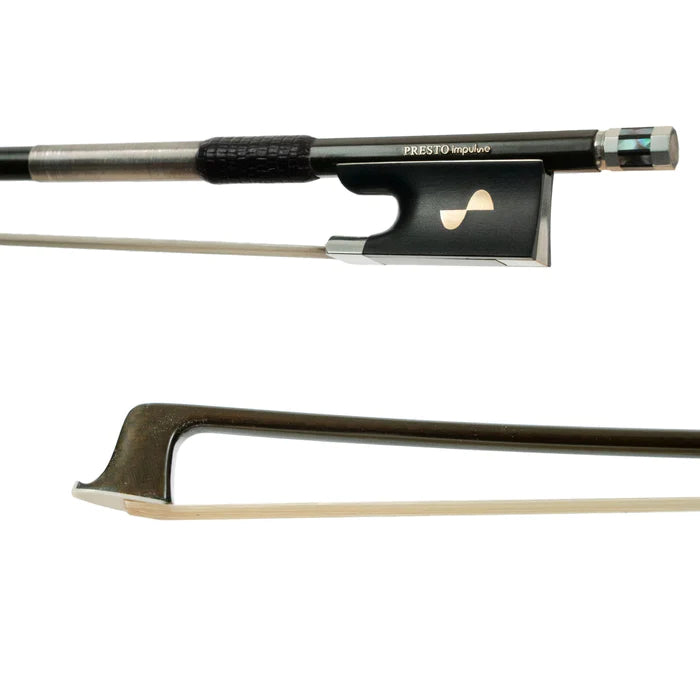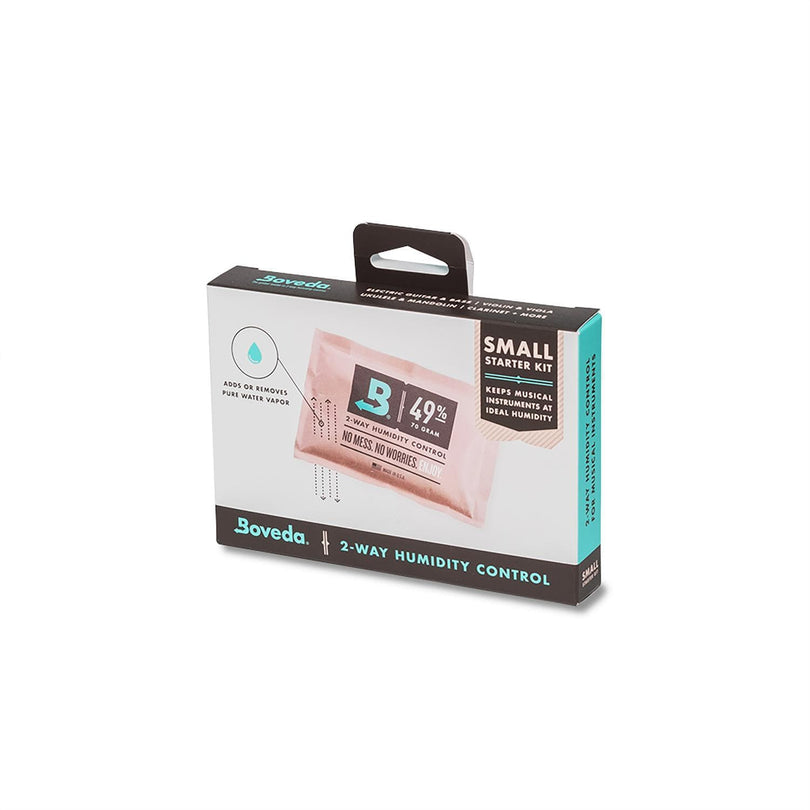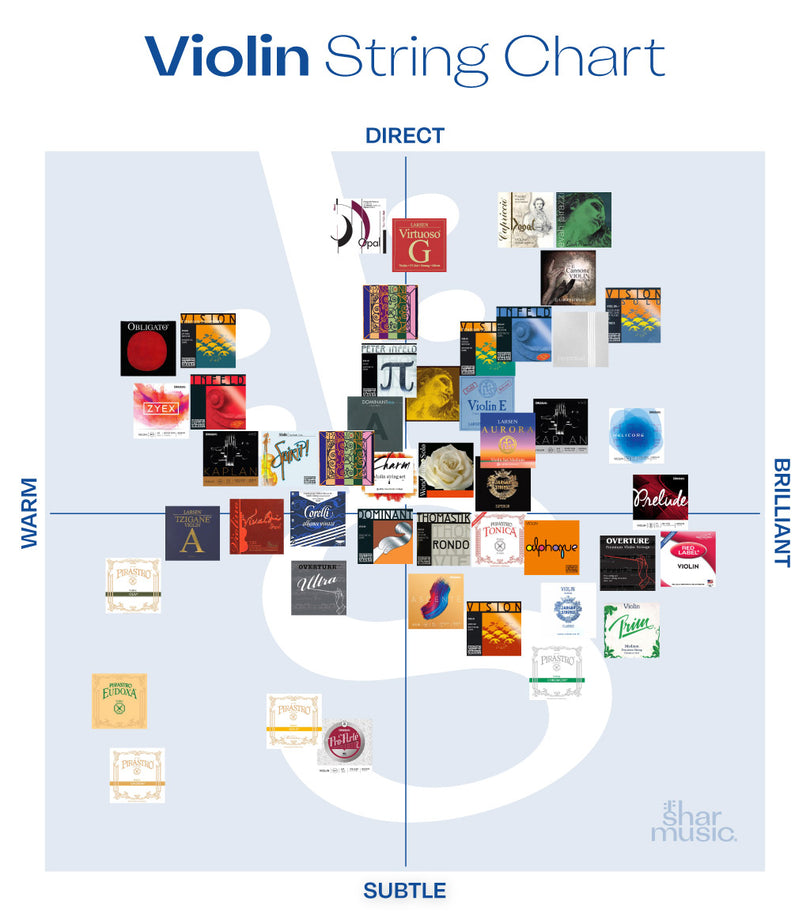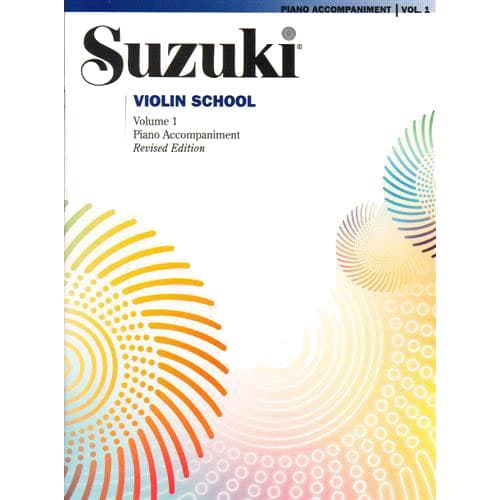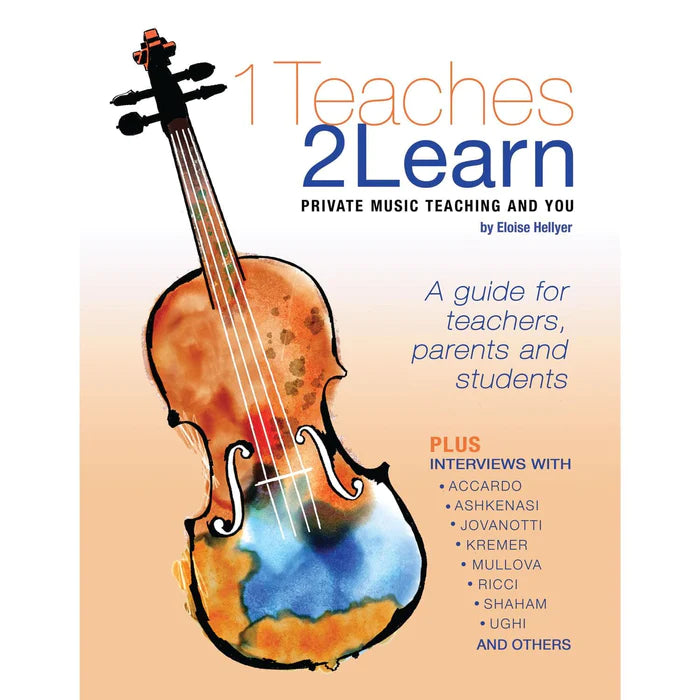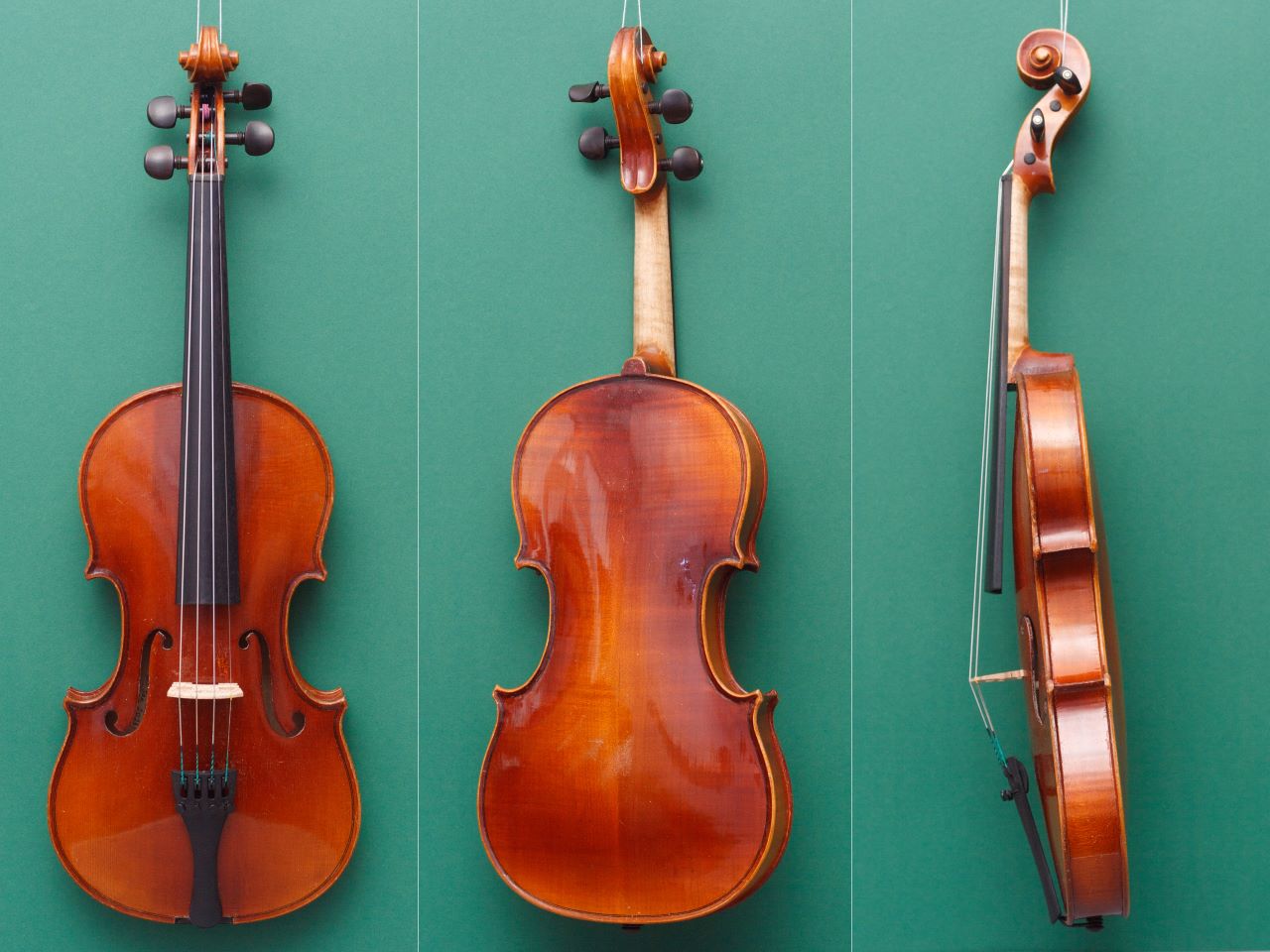If you are the parent of an aspiring musician, or a beginner yourself, you'll eventually find yourself in the position where you need to purchase a beginner violin. Looking at all the beginner violins for sale online, you may find yourself thinking: "why not purchase one of these $30 - $90 violin outfits that I see online? They must be just fine, right?”.
Here at Shar, we're no strangers to the many pitfalls that can accompany student-level instruments. We even spent some time inspecting several very cheap violin outfits from online retailers like Amazon, eBay, and Wish, and shared the results in the video below.
For beginners, Shar recommends Franz Hoffmann™ violin outfits, as they are reasonably priced but also built from superior materials and professionally set up and carefully inspected at our Ann Arbor workshop. If the somewhat higher price is concerning, a look at the cheap violins in this video — or as we call them, VSOs, or "Violin Shaped Objects" — should explain the difference pretty well!
So, aside from a good price, what should you look for in a beginner violin to determine whether it's up to snuff? What follows is a comprehensive list of inspection points when considering a new instrument. All of these also apply to buying a beginner viola, and most of them apply to cello or upright bass (our recommendation of Hoffmann instruments extends to all of these, as well!).

Case
When looking at an instrument case you're considering buying, start with the carrying handle on the case. Make sure the handle does not have any sharp edges or unfinished mold lines that might cause discomfort, or even injury, while carrying the case. Pay attention also to how the case handle is attached to the case. Make sure there are no sharp edges, and that it is securely attached. Having the case handle fail while you are holding your instrument case can cause quite a bit of damage to the case, and maybe your instrument!
Next, look at the zippers. Make sure they function smoothly and don’t bind. If the zippers fail during normal use of the case, you'll probably need to replace the case entirely.
In the case's interior, check the bow spinners to make sure they turn and click into a locking position. One of the cheap cases we inspect in the video above had a broken bow spinner which caused the bow to come free, damaging the instrument before we had even received it!

Bow
When inspecting a violin bow, it’s best to start with the hair. Make sure the hair is uniform in length across the ribbon. Make sure that there's not an abundance of crossed hairs within the ribbon, as this will lead to poorer playing characteristics.
Look closely at the tip to make sure It is not cracked at the points where it is thinnest. Make sure the hair is securely seated within the tip.
Moving to the other side of the bow, you will find that the metal part at the end, called the button, turns. Make sure that the button turns smoothly and allows the hair to tighten and loosen to the player’s preference. Many student level bows will have a screw that is improperly aligned, causing the button to bind partway through the tightening process.

Instrument
As you can imagine, the instrument is the most complicated part of this whole endeavor, and a lot can go wrong.
The first step is to make sure the "setup" is "up" on the instrument. Check that the bridge is positioned properly between the inside F hole notches and held in place by the instrument's strings. Then, look inside the F hole to make sure the soundpost — which looks like a small wooden dowel rod — is standing upright between the top and back plates.
Make sure that the bridge is not too thick, has string grooves notched into the top, and properly fits the face of the instrument. If any of this isn't true, you're looking at a significant charge for bridge adjustment or replacement!
On top of the instrument, inspect the nut — the piece between the neck and peg box — to make sure there are no sharp edges. This could cause danger or discomfort while playing.
Look next at the pegs. Look closely at the hole that is drilled in the peg and make sure that you don’t see white wood. If you do, the pegs are made from a softer wood which will likely deform and become nearly unusable over the course of a couple months (ideally, the pegs on a beginner instrument are made of ebony; this is the case with the aforementioned Hoffmann instruments).
Make sure the pegs are making their way all the way through the pegbox. You should not see a deep recession at the skinny end of each peg.
The impulse to buy the cheapest violin you can find is understandable: after all, who knows if a new player is going to stick with it? However, one way or another, buying a cheap violin will cost you. While you can save money upfront by buying a Violin Shaped Object, having to address the major issues these instruments typically have will require the work of a trained professional. It can easily cost more than value of the instrument itself just to make it playable at all, to say nothing of actually sounding good.
In short, while they may be inexpensive, VSOs are ultimately a waste of money. For most potential musicians, VSOs are destined to be your first and only instrument purchase, not because they'll last the player for life, but because they will make them want to quit. When someone is just starting to play the violin, they typically don't have a great deal of background knowledge on how the instrument works, and are unlikely to be able to point to issues with an instrument when it's not up to the job. Instead, they assume it's simply the fault of their playing, that they're "not cut out for music”.
It shouldn't be that way, and it doesn't have to be. Music should bring joy to your life, not frustration. When you choose your first instrument carefully, that joy quickly becomes much more likely.

